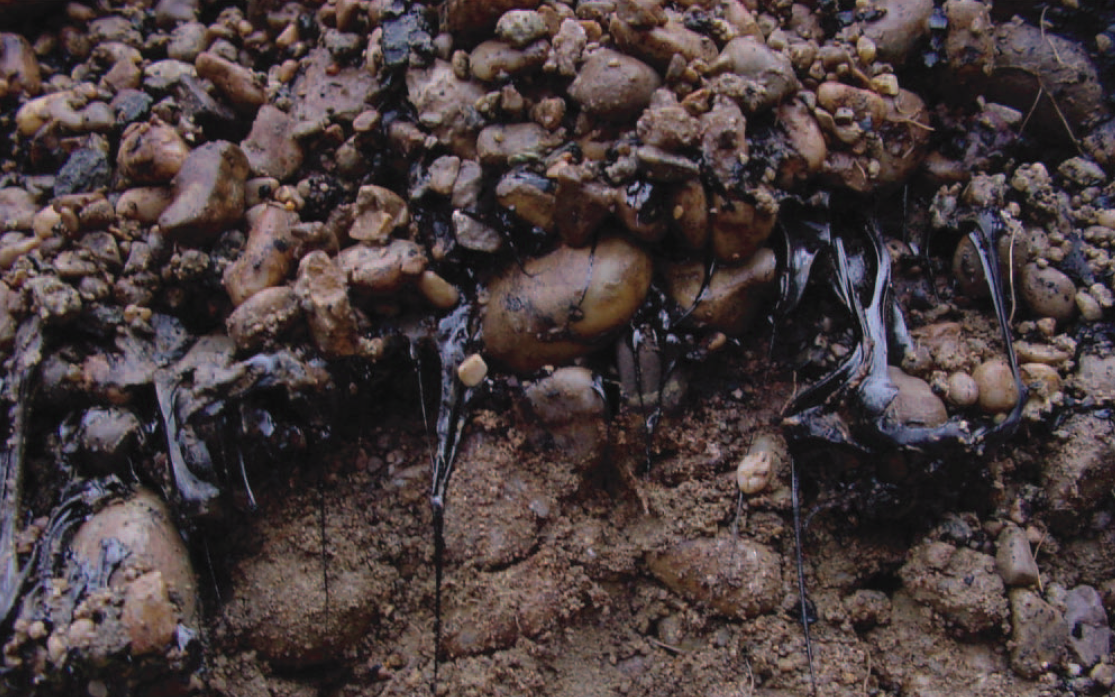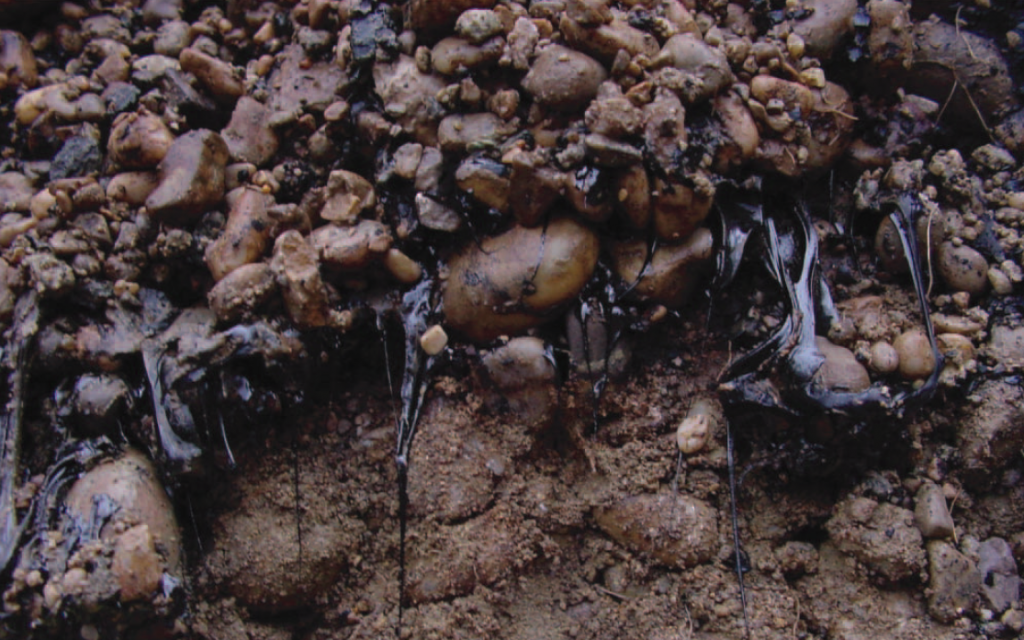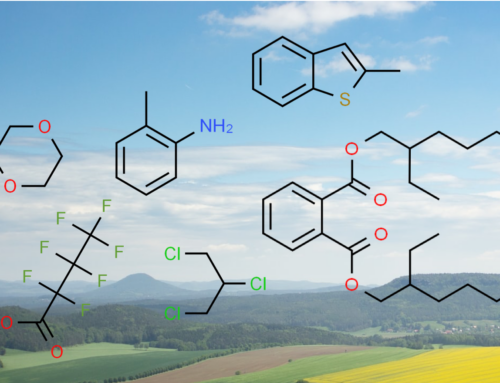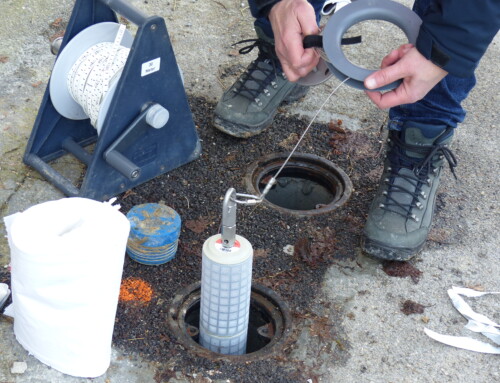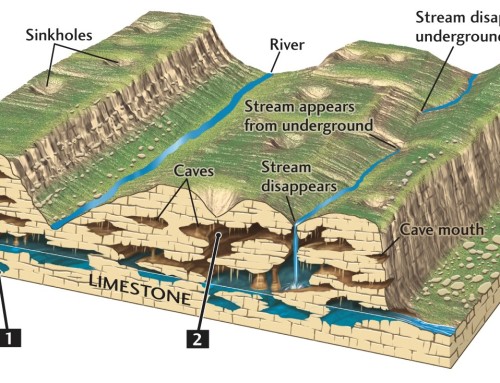Project Description
PAH and other polycyclic aromatic compounds (i.e. oxy-PAH) – Which long term evolution underground ?à long terme dans le milieu souterrain?
A feedback after 20 years of application of the contaminated sites ordinance in Switzerland (OSites) shows that only a few sites contaminated with heavy hydrocarbons, especially with polycyclic aromatic hydrocarbons (PAH), are classified as “contaminated sites requiring remediation” (art. 8 al. 2b OSites). PAH are indeed generally poorly soluble and therefore rarely found downstream groundwater, at levels exceeding the regulatory clean-up thresholds. In most cases, a large amount of hydrocarbons remains underground. The issue is thus : how these contaminations evolve with time and what are the long term risks for human beings and their environment ? Sites are frequently former gas works, wood impregnation centers or landfills containing residues of hydrocarbon products.
The contaminated sites section of the swiss federal office of environment (FOEN) mandated eOde to establish a full picture of the international current state of knowledge on the natural attenuation of heavy hydrocarbons pollutions, and to provide advice on actions required in the light of the new findings on the topic.
The study shows that degradation products of PAH appear with time, with mobility and toxicity properties that may be higher than those of the original products. NSO heterocyclic compounds are found in the pollutant plumes several decades after. The US EPA list of 16 PAH compounds that are classically analyzed in soil and groundwater is found to be too short to assess the global environmental impact of heavy hydrocarbons contaminations.
The final report will be on line in 2018 and downloadable from the FOEN web site.

